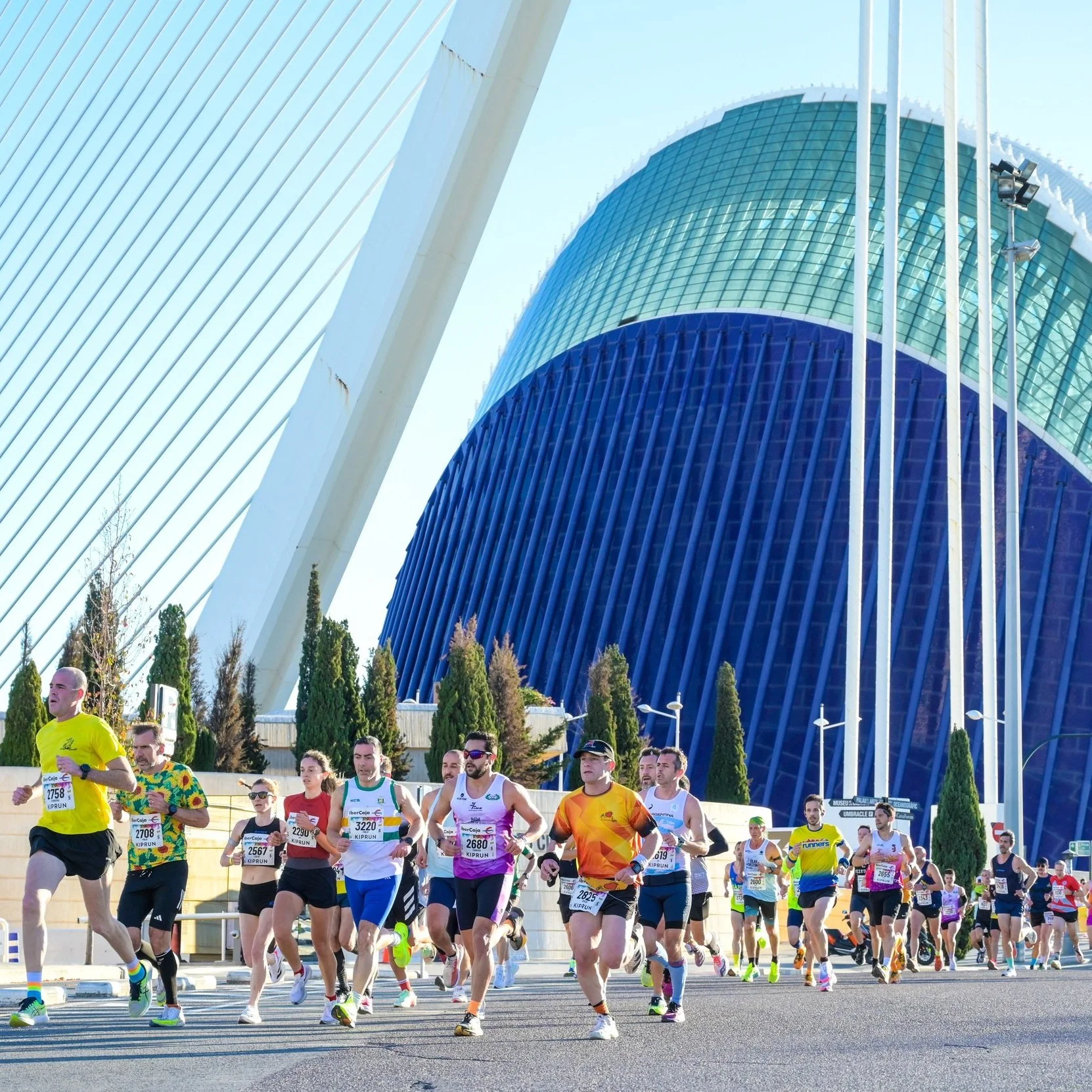4 underrated strength exercises for runners
Are you training to become a faster runner, improve your running form and prevent injuries? You probably already know that strength & conditioning sessions should be a part of your weekly routine.
But whilst the staple exercises such as deadlifts, squats and planks are very important, there are other less popular exercises that are extremely beneficial for runners when it comes to speed, power and injury prevention. Discover four of them today!
4 underrated strength exercises that runners should do
Here’s a short video showing them all, keeping reading to find out why these exercises don’t get the credit they deserve.
Curtsy lunge
I find this lunge variation especially great to target the gluteus medius, a gluteal muscle that is hard to hit with traditional squats and lunges.
This exercise also helps enhance hip mobility and lateral stability, aiding in agility and adaptability during uneven terrain or direction changes.
Not to mention that performing the curtsy lunge makes you engage your core, improving your posture and reducing upper body fatigue during long runs.
New to the curtsy lunge? There’s a more detailed tutorial in this post.
Bridge pullover
Just like the name indicates, the bridge pullover combines the glute bridge and pullover exercises.
To perform this exercise, begin by lying on your back, your knees bent, and holding a lightweight in your hand. As you lift your hips into a bridge, ensure your feet and knees are a hip-width distance apart.
Extend your arms, gripping the weight with both hands above your chest. Maintain the bridge pose, allowing your hips to hold steady, as you slowly lower the weight toward the floor overhead. Then slowly bring the weight back up above your chest.
The bridge pullover helps strengthen your abdominal muscles, glutes and hip flexors, which all play a key part in running form and stability. These muscles are constantly under tension when performing this exercise.
Kettlebell swing
This conditioning exercise helps develop power from your hips and glutes, which helps improve your uphill running skills as well as your ability to push the pace.
This exercise also requires to engage your core muscles throughout the movement (tilt your pelvis forward and brace your abdomen as if you were about to get punched in the stomach).
Not sure whether you’re doing this exercise correctly? Here are some key pointers:
Stand with your feet slightly wider than shoulder-width apart and toes pointed slightly outward.
Position the kettlebell about a foot or so in front of you.
Bend at your hips slightly while maintaining a straight back.
Your back should be flat, and your neck should be in a neutral position.
The power to swing the kettlebell comes from your hips and lower body, not your arms.
At the top of the swing, your body should form a straight line from head to heels.
The kettlebell should reach about chest height, but it shouldn't go higher than shoulder level.
Single arm half-kneeling shoulder press
This shoulder press variation makes you work unilaterally, as only press up from the same side as the knee that is on the floor. There are plenty of benefits applied to running, such as:
Unilateral strength balance: incorporating unilateral exercises helps to address any imbalances between the left and right sides of the body.
Shoulder strength: strong and stable shoulders can help maintain efficient arm movement. This can lead to better arm mechanics during running and reduced fatigue in the upper body.
Core stability: the half kneeling position requires balance and stability, engaging the core muscles. As runners, having a strong core is crucial for maintaining proper posture and form throughout the run, as well as preventing injury.





